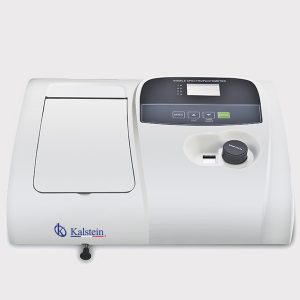Aloe Vera (aloe vera) is a raw material used in the formulation of nutraceutical products. The aloe is made up of the shell, latex and gel. The shell contains calcium oxalates, magnesium lactate crystals and large amounts of active mucopolysaccharides. Latex contains derivatives of phenolic compounds such as aloin. The gel may contain salicylic acid, fatty acids, amino acids, sugars, enzymes, minerals, lignin, saponins, vitamins. The main chemical compound produced by Aloe Vera is aloin, which is the component of the acibar, which the plant secretes in defense to ward off potential predators for its unpleasant smell and taste. It is an anthraquinone present in a wide variety of food products, and is considered as the active ingredient of the plant, from which the name of the genus Aloe derives. The presence of this substance in food is undesirable because it is laxative and its prolonged ingestion increases the risk of gastrointestinal cancer.
sábila juice is commonly used at an industrial level because of its high amount of nutrients. Usually, physical and chemical processes are used to extract aloin and aloe emodine from the juice. Foodstuffs for human consumption must not exceed the concentration of aloin laid down by the Codex Alimentarius, prepared by the Food and Agriculture Organization (FAO) of the United Nations (UN), which sets the maximum permitted amount of aloin at 0.10 mg/kg in any type of food (solid or liquid). The International Aloe Science Council (IASC) recommends that the permitted concentration in products for oral consumption should not exceed 10 mg/L of aloin.
Spectrophotometry to evaluate alloin concentrations
Spectrophotometry is one of the most commonly used experimental techniques for detecting the concentration of a substance in solution. This is a sensitive and reliable analysis technique to verify the effectiveness of aloin and aloe emodine extraction processes from sábila juice. The spectrophotometer is an instrument that allows a beam of light to be projected through a sample and the absorbance or transmittance to be measured. The amount of light absorbed or transmitted is proportional to the concentration of the species. If the material does not absorb light itself, it can be mixed with other reagents or dyes. Molecules can absorb light energy and store it in the form of internal energy, the efficiency with which they are absorbed depends on the atomic structure and the conditions of the environment.
There are different ranges of visible light, UV and infrared spectra. As a result the spectrophotometric methods are classified in Absorption Spectrophotometry, corresponds to the absorption of specific radiation and light spectra, and in the visible range of Ultraviolet Spectrophotometry that covers the reflectance of spectra in the range of wavelengths from 195 to 400 nm. Basically the selection of the method depends on the nature of the sample, when analyses according to the color they present better absorb light in certain areas of the spectrum.
Measuring procedure
To determine the profile and peak maximum absorption of substances to be evaluated, the absorbance curves of the species involved in the extraction, as well as the composition of the compounds to be analyzed, should be known. With this you can choose the spectrophotometric method with which you will perform the evaluation. The analysis procedure usually follows as follows:
- the sample of the aloe juice is taken (depending on the statistical basis you want to handle).
- Take the sample of the aloe juice (depending on the statistical basis you want to handle).
- Centrifuge the samples.
- Allow the samples to stand at 25 °C.
- Turn on the spectrophotometer and let it warm for 15 min.
- Calibrate the spectrophotometer.
- Measure and record the transmittance percentage of each replica of each centrifuge.
- Transmittance percentages are entered in the absorbance formula. The obtained data are graphed and analyzed statistically.
At Kalstein we are MANUFACTURERS, we have a wide range of equipment that are designed according to your needs, will allow you to evaluate the color and appearance of many measuring applications for the reflectance of objects and also the transmittance of translucent or transparent liquids and solids. We offer hand-held, table-top, multi-angle, portable, single- or double-beam, visible-spectrum or UV desktop spectrophotometers. For more information, PRICES, PURCHASE or SALE, visit us on our catalog HERE

